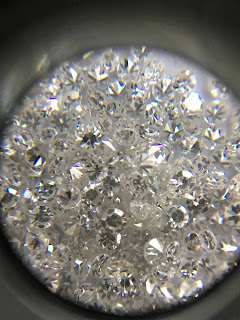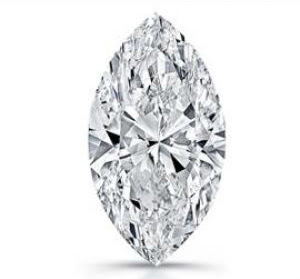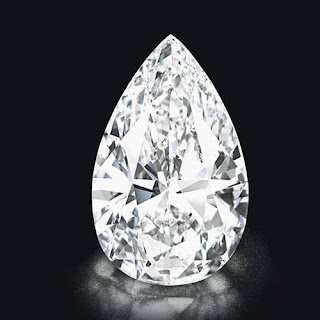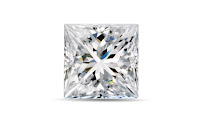Single Cut Diamonds

Invented in the late 14th century, the Single Cut Diamond (also known as eight cut (8/8 cut diamonds) has the addition of corner facets to the earlier point cut. This creates an octagonal girdle, an octagonal Table, eight bezel or Crown facets, and eight Pavilion facets. Historically poorly cut Single Cut Diamonds were used as full cut replacements for smaller Diamonds. Modern single cut have a round outline and are used in the finest jewelry pieces and luxury watches. A great majority of Single Cut Diamonds are consumed by the watch industry for use in dials and hands of expensive upscale watches. In sizes smaller than 1.20 mm, single cuts produce better scintillation and fire due to their larger facets. They are precision cut and command a relatively high price. Single cut diamonds are commonly used in finest micro pavé pieces. Single cuts were mostly used in jewelry as substitutes of full cut stones. Every full cut diamond has a stage in the cutting process when it i





